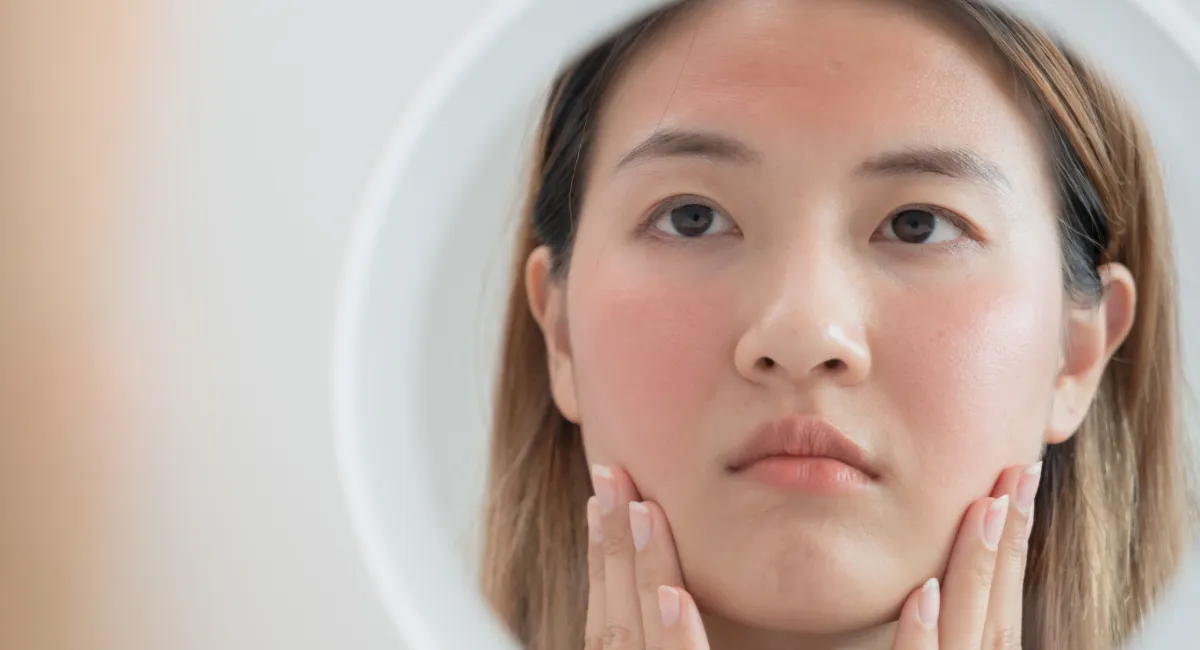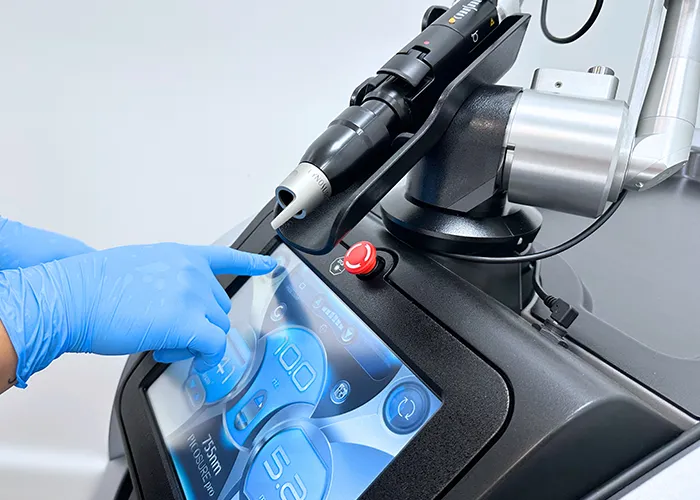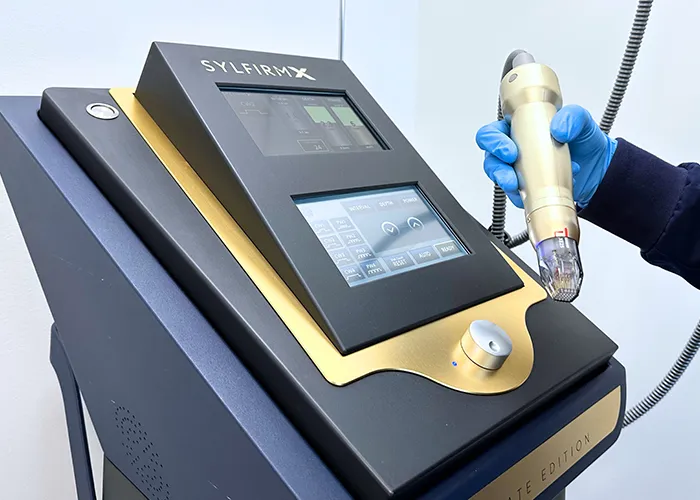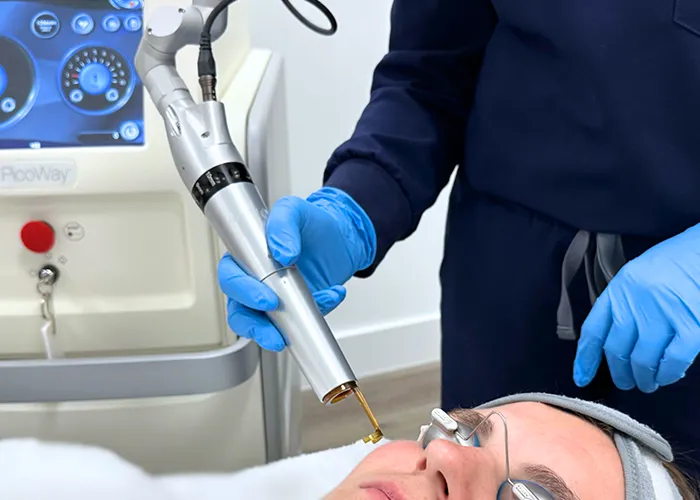
Rosacea
Rosacea stages
Pre-Rosacea
Vascular Rosacea
Inflammatory Rosacea
Phymatous Rosacea
Ocular Rosacea
Causes:
Book an Appointment-
Genetics
There is evidence to suggest a genetic component to rosacea. Individuals with a family history of the condition may be more predisposed to developing it. -
Dermatitis Mites (Demodex)
Demodex mites are microscopic organisms that inhabit facial skin. An increased population of these mites has been observed in individuals with rosacea, suggesting a potential role in its development. -
Abnormal Blood Vessels
Abnormalities in blood vessels may contribute to the flushing and redness associated with rosacea. Overreactivity of blood vessels in response to various stimuli is a characteristic feature. -
Inflammation
Chronic inflammation is a key factor in rosacea. The skin's inflammatory response is thought to play a role in the development of the characteristic redness, swelling, and acne-like bumps. -
Gastrointestinal Disorders
There is ongoing research into the potential link between gastrointestinal disorders and rosacea. Some studies suggest an association between certain gastrointestinal conditions and the presence of rosacea. -
Immune System Dysfunction
Some researchers believe that an abnormal immune response may contribute to rosacea. Dysregulation of the immune system could lead to the inflammatory reactions observed in the skin.
What solutions do we offer?

PicoSure
PicoSure treats rosacea by emitting ultrashort picosecond pulses that target blood vessels and pigmentation, effectively reducing redness and visible vessels. The precise laser energy stimulates collagen production, contributing to skin rejuvenation and an improved overall appearance in individuals with rosacea.
Book an Appointment
Sylfirm X
Sylfirm X combines micro-needling and radiofrequency, potentially providing benefits for skin rejuvenation and redness reduction in rosacea.
Book an Appointment
Picoway
PicoWay treats rosacea by emitting ultrashort picosecond pulses that target pigmentation and blood vessels, effectively reducing redness and visible vessels. The precise laser energy stimulates collagen production, potentially improving skin texture and overall appearance in individuals with rosacea.
Book an Appointment